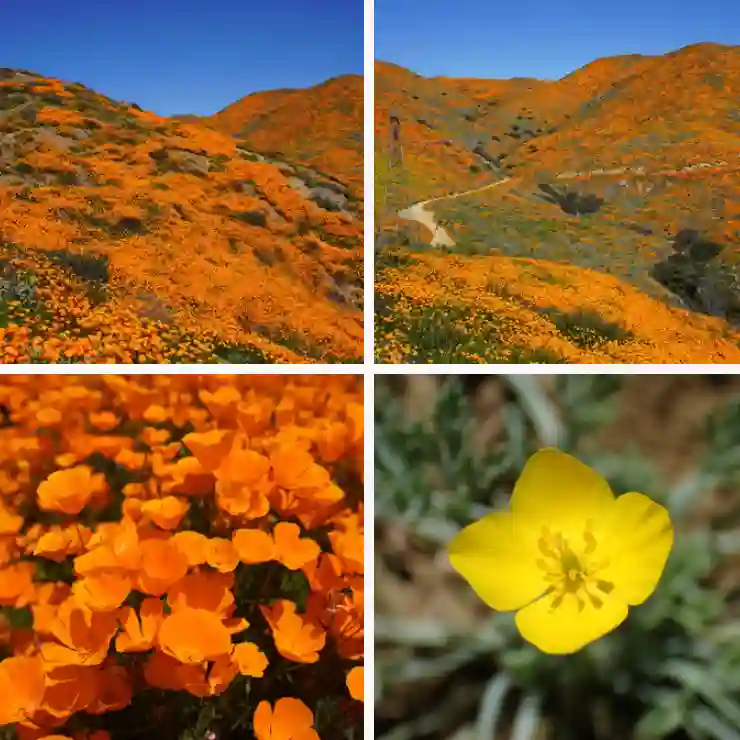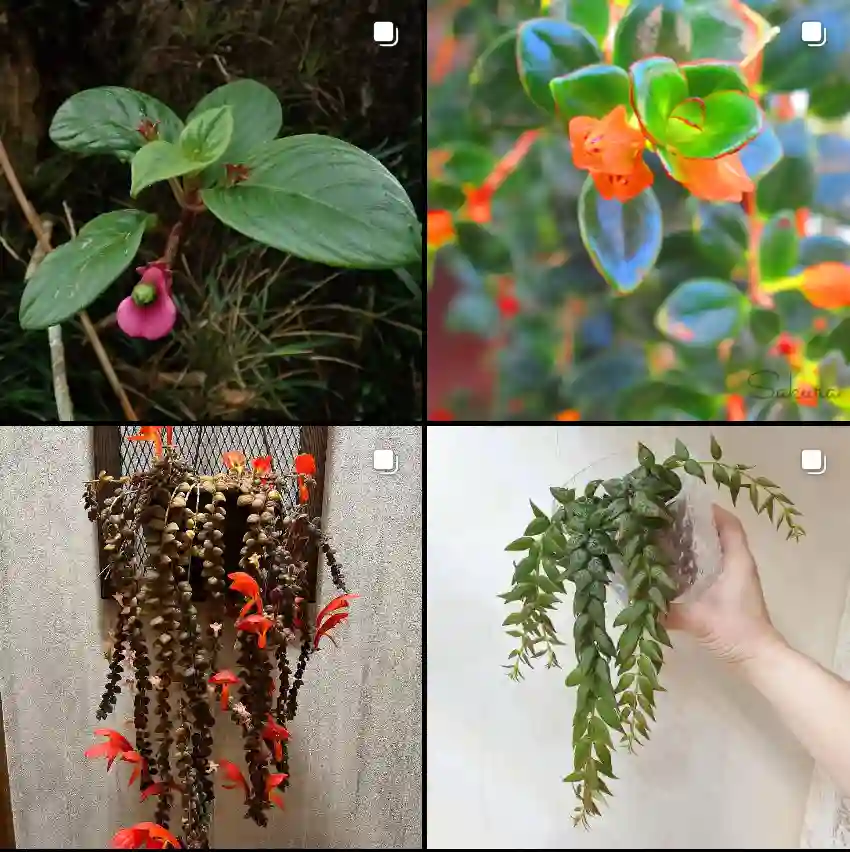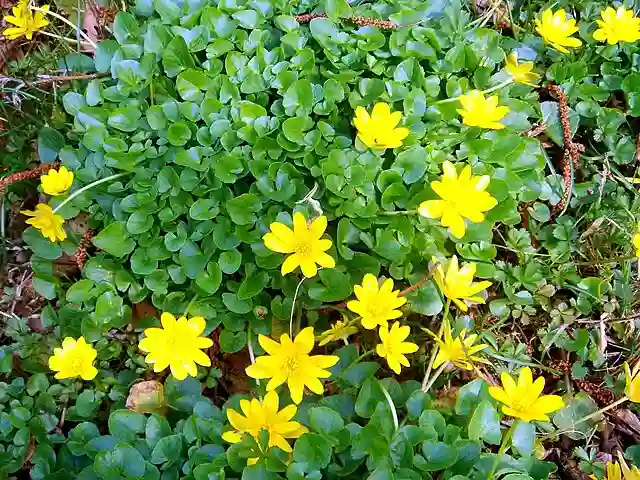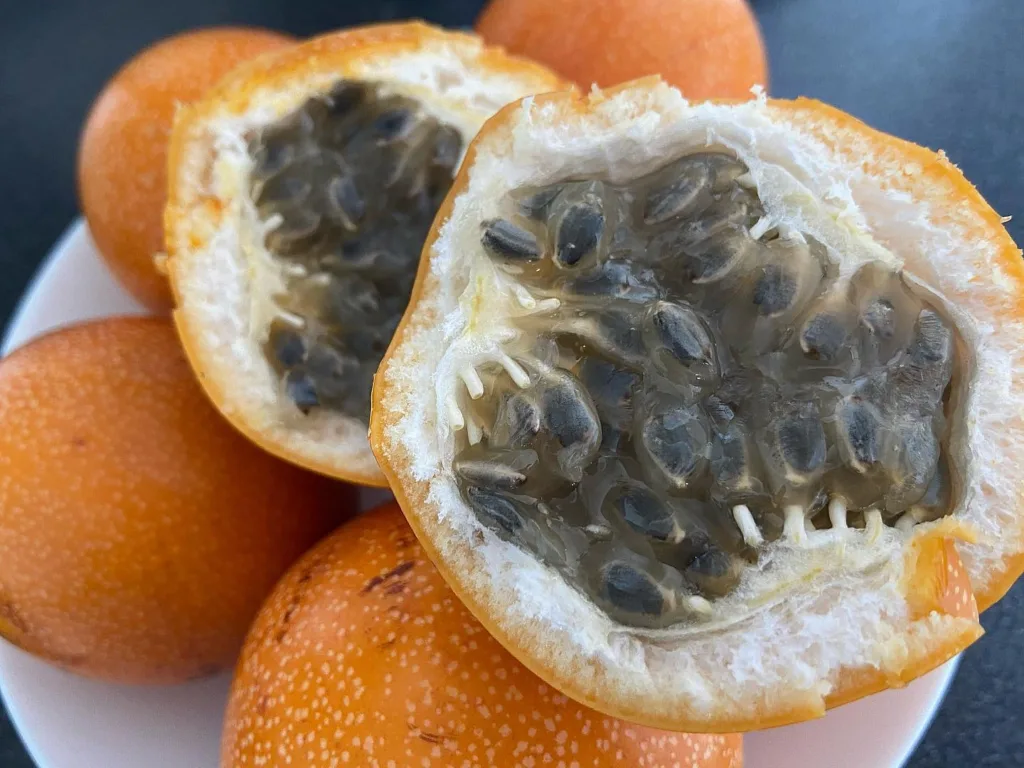Exploring the Fascinating World of the Proteaceae Family
As a plant enthusiast, I find myself constantly drawn to unique plant families, and the Proteaceae family is one that captivates me with its diversity and beauty. This family includes several genera that offer striking flowers and foliage, making them a popular choice for gardens and landscaping. In this article, I’ll dive into the characteristics of the Proteaceae family, explore some of its notable genera, and share my personal experiences with these remarkable plants.
What is the Proteaceae Family?
The Proteaceae family comprises approximately 76 genera and around 1,600 species, primarily found in the Southern Hemisphere, particularly in Australia, South Africa, and South America. The family is well-known for its unique floral structures, which are often adapted to attract specific pollinators like birds and insects. The leaves of Proteaceae plants are typically leathery and evergreen, adding to their appeal in gardens.
What I appreciate most about the Proteaceae family is its incredible adaptability. Many members thrive in poor soils and are drought-resistant, making them suitable for various climates and conditions. This resilience is an essential trait, especially in the face of climate change, as more gardeners seek sustainable plant choices.
Genera of the Proteaceae Family
- Adenanthos Labill.
- Agastachys R.Br.
- Alloxylon P.H.Weston & Crisp
- Athertonia L.A.S.Johnson & B.G.Briggs
- Aulax P.J.Bergius
- Austromuellera C.T.White
- Banksia L.f. – 183 Species in Genus Banksia
- Beauprea Brongn. & Gris
- Beaupreopsis Virot
- Bellendena R.Br.
- Bleasdalea F.Muell. ex Domin
- Brabejum L.
- Buckinghamia F.Muell.
- Cardwellia F.Muell.
- Carnarvonia F.Muell.
- Catalepidia P.H.Weston
- Cenarrhenes Labill.
- Conospermum Sm.
- Darlingia F.Muell.
- Diastella Salisb. ex Knight
- Dilobeia Thouars
- Eidothea A.W.Douglas & B.Hyland
- Embothrium J.R.Forst. & G.Forst.
- Eucarpha (R.Br.) Spach
- Euplassa Salisb. ex Knight
- Faurea Harv.
- Finschia Warb.
- Floydia L.A.S.Johnson & B.G.Briggs
- Franklandia R.Br.
- Gevuina Molina
- Grevillea R.Br. ex Knight
- Hakea Schrad.
- Helicia Lour.
- Heliciopsis Sleumer
- Hicksbeachia F.Muell.
- Hollandaea F.Muell.
- Isopogon R.Br. ex Knight
- Kermadecia Brongn. & Gris
- Knightia R.Br.
- Lambertia Sm.
- Lasjia P.H.Weston & A.R.Mast
- Leucadendron R.Br. – 85 Species in Genus Leucadendron
- Leucospermum R.Br. – 48 Species in Genus Leucospermum
- Lomatia R.Br.
- Macadamia F.Muell. – 4 Species in Genus Macadamia
- Malagasia L.A.S.Johnson & B.G.Briggs
- Megahertzia A.S.George & B.Hyland
- Mimetes Salisb.
- Musgravea F.Muell.
- Neorites L.S.Sm.
- Nothorites P.H.Weston & A.R.Mast
- Opisthiolepis L.S.Sm.
- Oreocallis R.Br.
- Orites R.Br.
- Orothamnus Pappe ex Hook.
- Panopsis Salisb. ex Knight
- Paranomus Salisb.
- Persoonia Sm.
- Petrophile R.Br. ex Knight
- Placospermum C.T.White & W.D.Francis
- Protea L. – 107 Species in Genus Protea
- Roupala Aubl.
- Serruria Salisb.
- Sorocephalus R.Br.
- Spatalla Salisb.
- Sphalmium B.G.Briggs, B.Hyland & L.A.S.Johnson
- Stenocarpus R.Br.
- Stirlingia Endl.
- Strangea Meisn.
- Symphionema R.Br.
- Synaphea R.Br.
- Telopea R.Br.
- Triunia L.A.S.Johnson & B.G.Briggs
- Vexatorella Rourke
- Virotia L.A.S.Johnson & B.G.Briggs
- Xylomelum Sm.
The Ecological Importance of the Proteaceae Family
The Proteaceae family plays a vital role in many ecosystems. Their unique adaptations allow them to thrive in harsh environments, contributing to soil stability and providing habitats for various species. The flowers of these plants are often rich in nectar, attracting pollinators that are crucial for maintaining biodiversity.
Moreover, the Proteaceae family is essential for carbon sequestration. As these plants grow, they absorb carbon dioxide from the atmosphere, helping mitigate climate change. This aspect is particularly relevant today, as we strive to find solutions to environmental challenges.
Cultivating Proteaceae in Home Gardens
For fellow gardening enthusiasts, incorporating Proteaceae plants into your garden can be a rewarding experience. Many species thrive in well-drained soils and full sunlight, making them ideal for Mediterranean and coastal climates. I’ve had success growing a few Banksia and Protea varieties in my garden, and their unique textures and colors add an exotic touch to my landscape.
When cultivating these plants, it’s essential to mimic their natural conditions as closely as possible. Using native soil and minimal fertilizers can help ensure their success. Additionally, protecting them from extreme temperature fluctuations can enhance their growth and flowering potential.
Conclusion
The Proteaceae family is a treasure trove of unique and beautiful plants that can enhance any garden. From the vibrant flowers of Grevillea to the striking appearance of Protea, these plants offer something special for every gardener. My personal experiences with these genera have shown me the joy and satisfaction of cultivating such resilient and visually stunning plants. If you’re looking to diversify your garden and attract local wildlife, I highly recommend exploring the wonderful world of the Proteaceae family.
If i die, water my plants!



